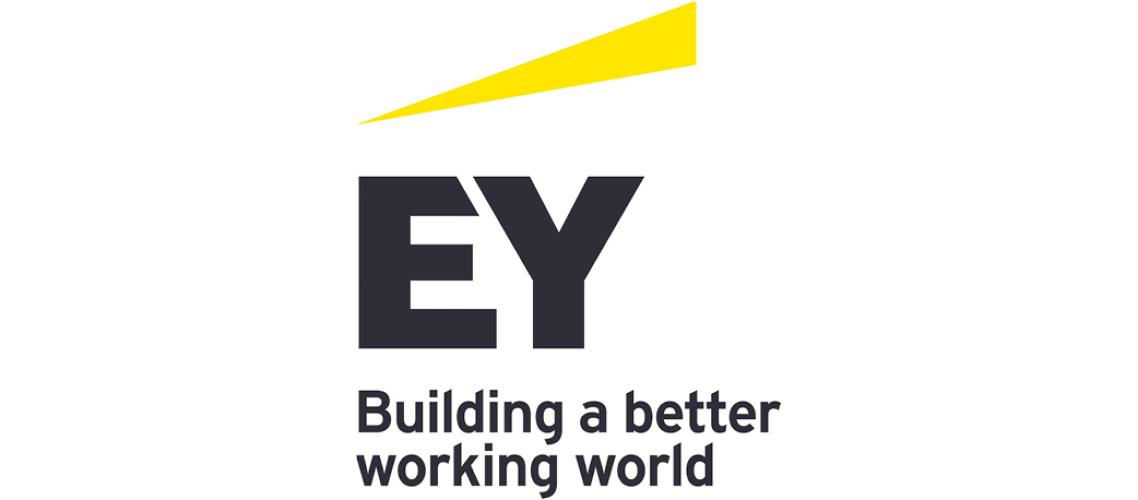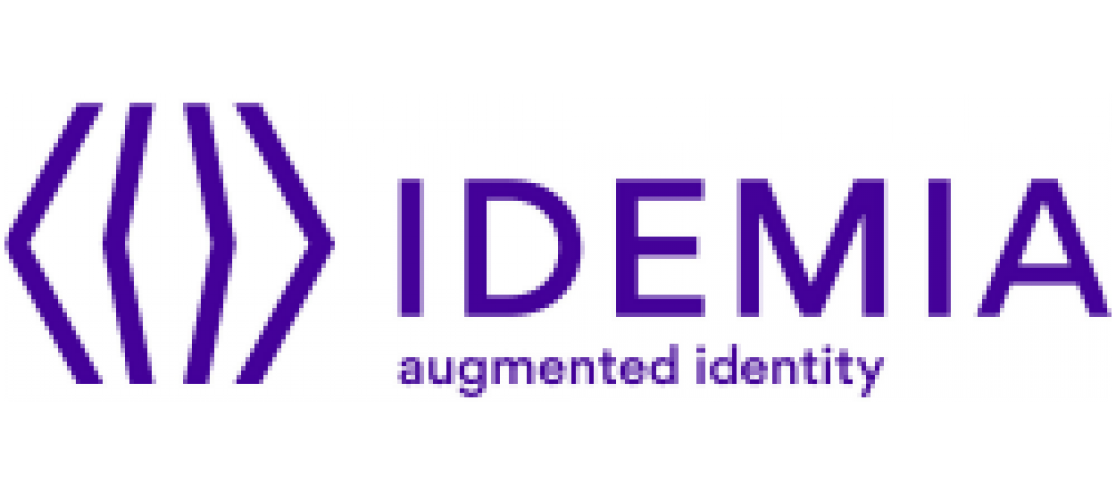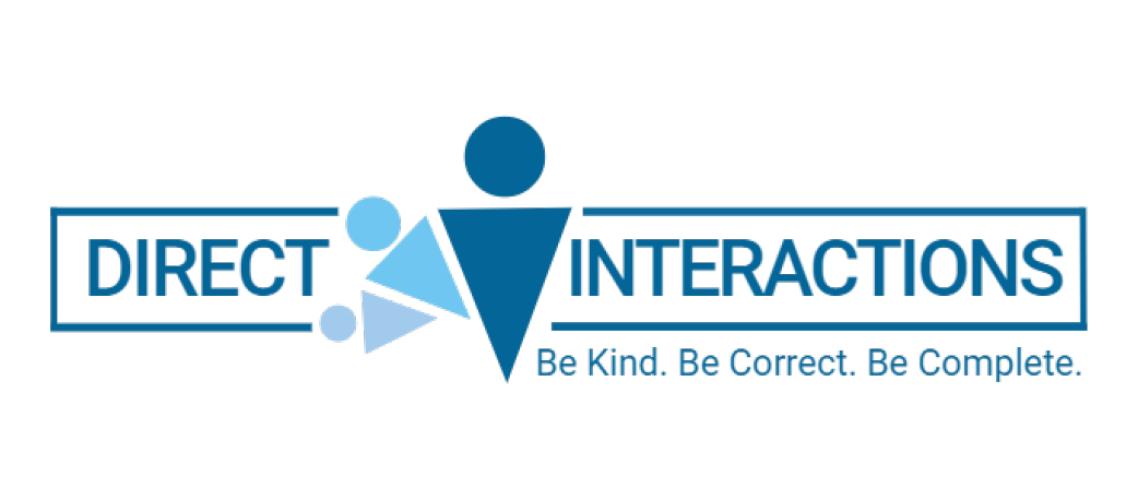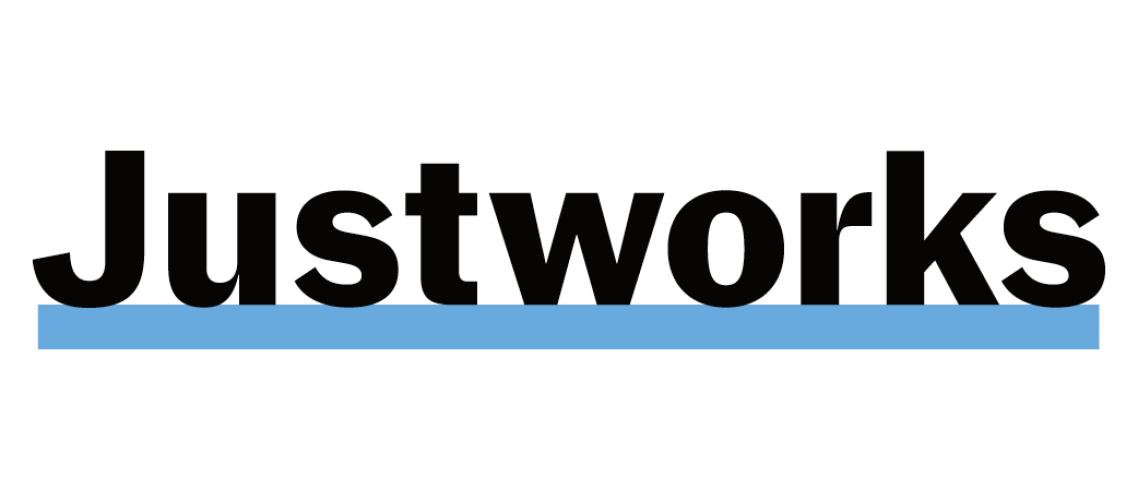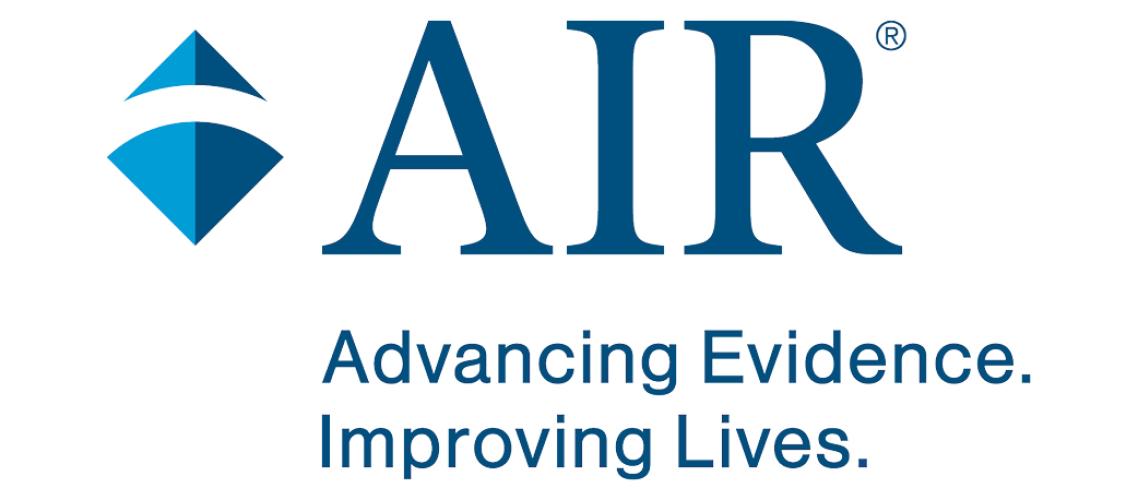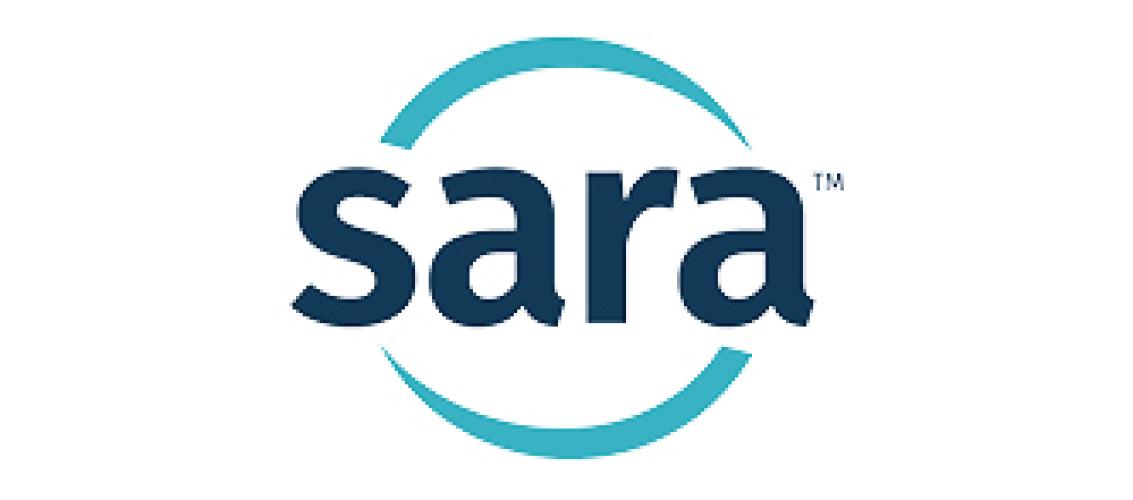How States Are Using Reemployment Services and Eligibility Assessments (RESEA) | March 27, 2019
Helping the unemployed get back to work quickly
Background
RESEA programming offers an array of services, including in-person interviews, to both review claimants’ eligibility for unemployment insurance (UI) benefits and accelerate their return to employment.
Claimants report to a career center and receive a variety of assistance including:
- Personal engagement with UI staff to examine their state’s labor market and receive additional career information addressing specific needs
- Development of an individual reemployment plan
- Registration with the state’s job bank
- Enrollment in employment services (funded through the Wagner-Peyser Act), such as job search assistance, employability assessments, and job matching services
- Provision of at least one additional career service (financial literacy services, information about supportive services or about financial aid, assistance with resume writing or interviewing, etc.).
How States Use Reemployment Services
During the summer of 2018, NASWA reached out to its members to collect information on reemployment practices across the country and received a response from 44 states.
95% of these states are now utilizing RESEA as a key reemployment strategy.
36% are focusing solely on those claimants most likely to exhaust benefits.
59% are utilizing the flexibility in RESEA, particularly as economic conditions change, to prioritize additional populations including:
- Assisting all claimants
- Claimants least likely to exhaust/fewest barriers to re-employment
- Claimants based on their previous work experience to connect with positions in growing or in-demand industries
- Claimants from occupations in decline
- Claimants with high school diploma/GED or less in job markets where post-secondary skills or experience are in demand
- Returning veteran (UCX) claimants, then most likely to exhaust
- Veterans who qualify for priority of service (beyond UCX claimants)
Initial results
This program and earlier related initiatives have been highly successful. In fact, recent studies add to evidence accumulated over the past twenty-five years that intervening early with these approaches shortens UI durations, gets claimants back to work more quickly, reduces long-term unemployment, improves UI trust fund solvency, and yields a high return on investment to the government.
The states continue to support the use of RESEA programs, even in a strong economy, and appreciate the flexibility to design their programs by targeting varying populations and strategies.
